Smart View – The Evolution of the OpenText Viewer
For organizations that rely on OpenText Content Management (aka Extended ECM/Content Server) to manage their enterprise content, the user interface has long played a critical role in adoption, efficiency, and satisfaction. Historically, the Classic UI provided access to a rich feature set, but its dated design and complexity often posed challenges for business users. As expectations for software usability evolved, driven by consumer apps and modern SaaS platforms, OpenText responded with a bold shift: Smart View.
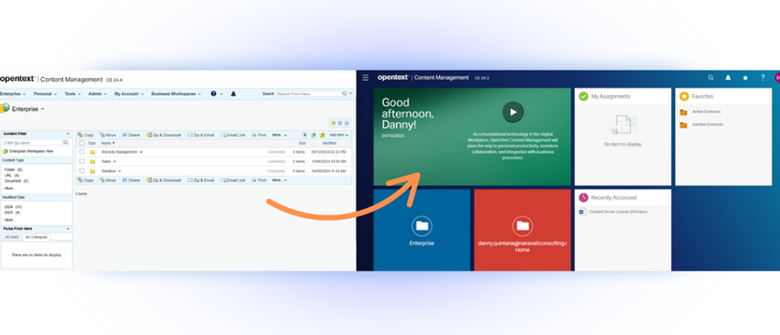
Smart View isn’t just a new look, it represents a rethinking of how users engage with enterprise content. With a focus on simplicity, mobility, and configurability, Smart View is designed to meet the needs of today’s digital workforce. Let’s walk through Smart View’s evolution, how it compares to the Classic UI, and why it’s an essential component for driving user adoption, satisfaction, and long-term platform extensibility.
The Evolution of Smart View
OpenText introduced Smart View to modernize the Content Management user experience and bring it in line with the expectations of a new generation of enterprise users. Where Classic UI was built for power and flexibility, Smart View was built for speed, clarity, and usability.
The early versions of Smart View focused on key use cases like browsing, document viewing, and basic workflow interaction. Over time, its capabilities expanded dramatically. With alignment to OpenText’s AppWorks framework, Smart View adopted a widget-based architecture, allowing organizations to customize dashboards, integrate with third-party systems, and tailor user experiences by role or department.
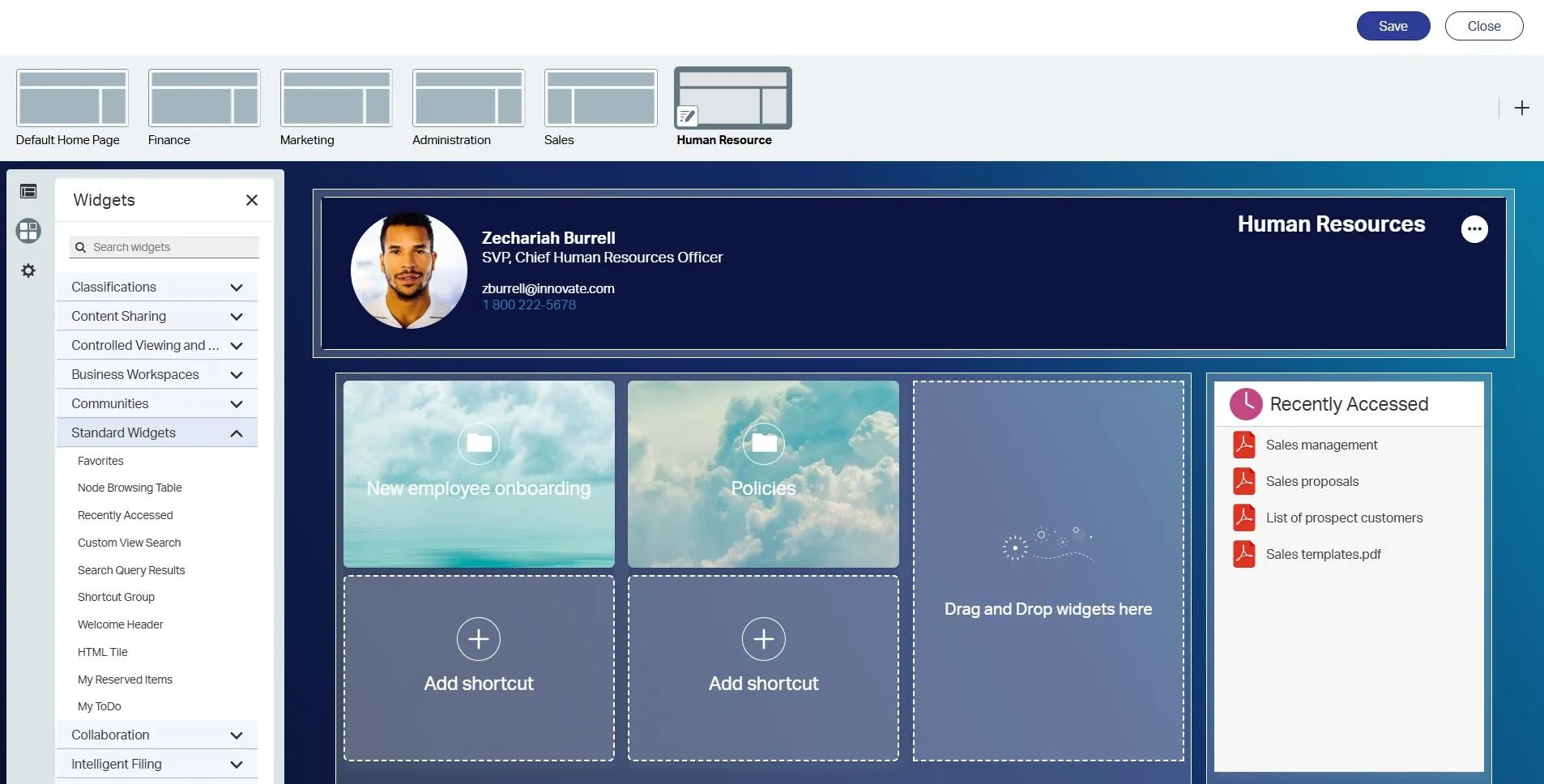
Smart View has evolved further with features like customizable home pages, which allow administrators to assign different layouts to departments and configure rules for displaying content. These home pages are managed via a drag-and-drop editor and accessed through a streamlined hamburger menu. End users can also switch between home pages or set a personalized default, an important enhancement for tailoring experiences.
Key Advantages Over Classic UI
Smart View offers several distinct advantages over the Classic UI, making it the superior choice for modern enterprise content management.
- User Experience: Smart View features a clean, intuitive interface that minimizes visual clutter. Task-focused layouts guide users to the right content with fewer clicks. It’s also fully responsive, with consistent styling on mobile devices through the Content Management Mobile app, which mirrors the Smart View experience across platforms.
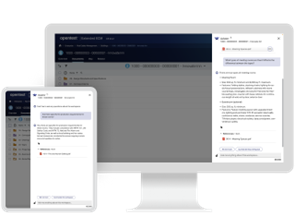
- Customization: With its widget framework, Smart View enables organizations to create role-based dashboards and now interactive charts for real-time business insights. These allow users to drill into reports, trigger sub-reports, or initiate workflows, without ever leaving the dashboard. The platform also includes simplified business workspace member management, where users can manage roles and folder access directly from the side panel.
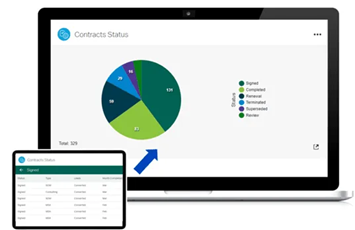
- Performance and Productivity: New features such as bulk workflow processing from within widgets and intelligent viewing updates (via the eye icon) save time by centralizing and simplifying actions. Navigation has also improved with the new hamburger menu that links to key user areas like ToDo and Recently Accessed.
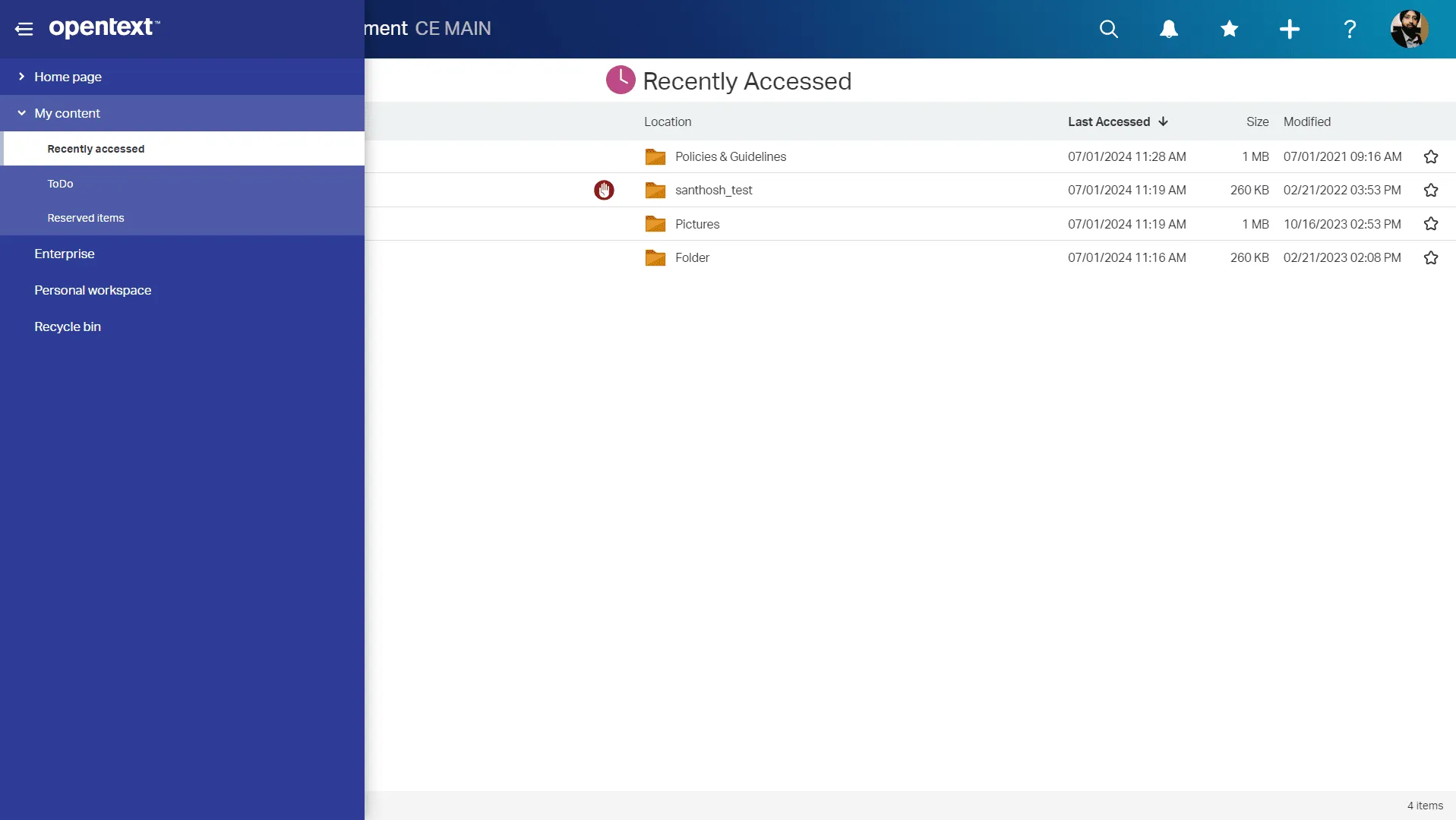
- Configurability for Developers/Admins: Smart View now includes a Label Alignment setting for metadata fields, allowing users to choose between vertical or horizontal alignment. This feature enhances flexibility and accessibility by adapting to different screen layouts and user preferences. Admins can also implement branding updates like logos, font colors, and backgrounds directly within Smart View using a WYSIWYG editor. These changes deploy instantly and require no custom code, lowering both time and cost.
- Data Portability and Accessibility: A new export feature enables end users to extract search results in CSV or JSON format with maintained column selections and security permissions, a huge step for reporting and analysis needs.
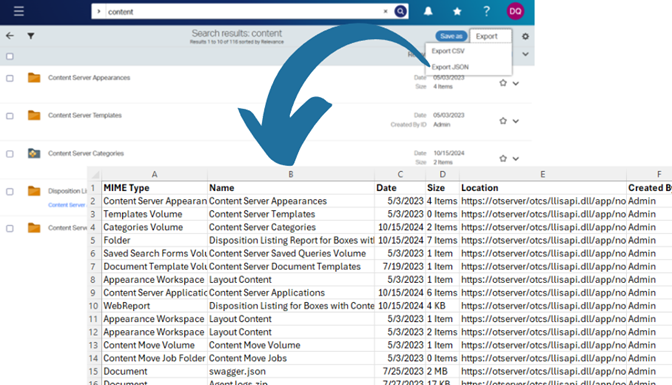
Why Smart View Is Critical Now
Adoption is the single biggest barrier to realizing value from an EIM platform. Even the best metadata strategy or most comprehensive document library falls short if users avoid the system due to poor usability.
Today’s employees expect modern, intuitive interfaces. They want mobile access, personalized dashboards, responsive designs, and rich interactivity. Smart View delivers all of that and positions Content Management as a platform users want to work with.
Smart View is also the key to future integrations and innovations. From embedding AI-powered assistants and natural language search (Content Aviator), to enabling rich interactive reporting and simplified workflow processing, Smart View is the flexible front-end that makes it possible. OpenText’s roadmap continues to place Smart View at the center of its content services platform.
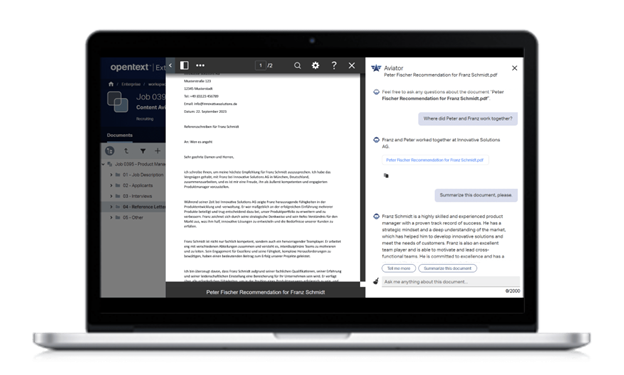
The Bottom Line: Embracing the Future
Smart View isn’t just a nice-to-have. It’s a strategic upgrade that can unlock higher adoption, better user satisfaction, and expanded functionality within OpenText Content Management.
Organizations that embrace Smart View early see faster ROI on their content management investments, greater user engagement, and more flexibility in how they deliver information to teams.
To succeed, it’s important to start with a clear rollout plan: identify high impact use cases, involve end users in dashboard design, and prioritize training and change management. The benefits are well worth the effort.
Whether you’re upgrading from Classic UI or looking to optimize your current Smart View deployment, now is the time to invest in a user experience that moves your EIM strategy forward.
Contact us today to schedule a free demo and a personalized consultation.
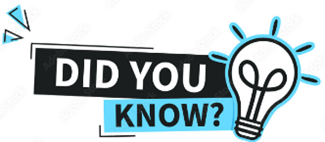
Smart View supports the ability to drag folders with files from your desktop. Classic UI does not support folders. It only supports files.